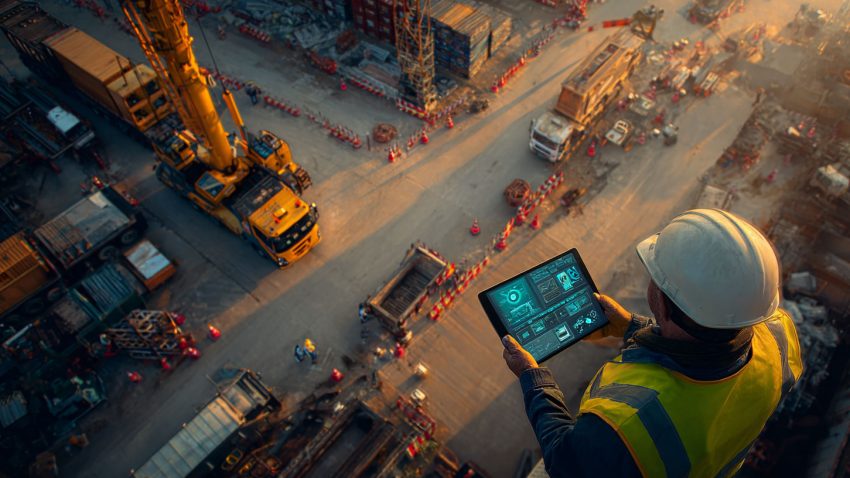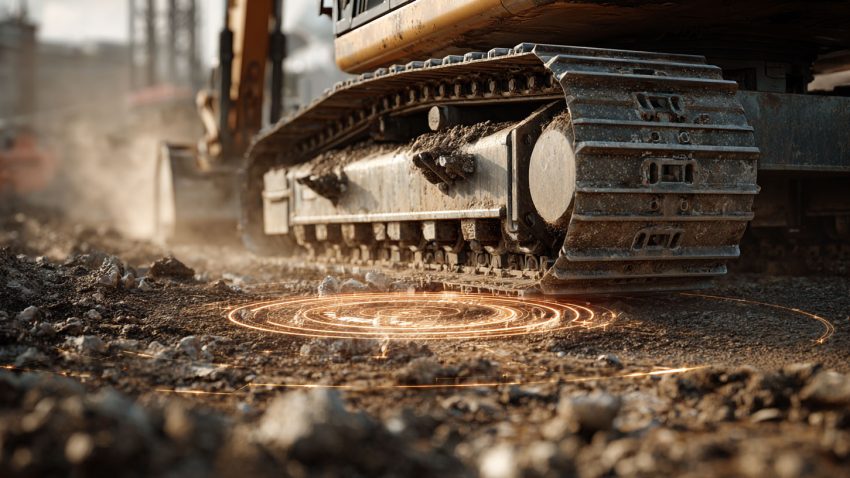Conducting Construction Safety Walkthroughs: 12 Tips for Mastering Construction Site Inspections
Table of Contents:

Safety is paramount in the construction industry, and conducting thorough safety walkthroughs is an essential practice to ensure a safe working environment. As a construction professional, you play a vital role in safeguarding the well-being of workers and mitigating potential risks. In this comprehensive guide, we will provide you with 12 invaluable tips to help you conduct great construction safety walkthroughs and maintain the highest standards of safety on your construction sites. By implementing these tips, you will not only enhance safety protocols but also foster a culture of safety awareness and proactive hazard prevention. Let’s dive in and become masters of safety walkthroughs!
Prioritize Pre-Walkthrough Preparation
Before embarking on a safety walkthrough, adequate preparation is key to its success. Familiarize yourself with the project plans, safety regulations, and site-specific hazards. Review incident reports, safety data, and relevant documentation. By being well-prepared, you can focus on specific areas of concern and ensure a thorough inspection.
Assemble a Competent Walkthrough Team
Collaboration is essential when conducting safety walkthroughs. Assemble a competent team with diverse expertise, including safety professionals, project managers, supervisors, and workers. Each team member brings unique insights and perspectives to the inspection process, contributing to a comprehensive evaluation of safety practices.
Adopt a Systematic Approach
To conduct effective safety walkthroughs, establish a systematic approach. Develop a checklist or use construction safety software to ensure all critical aspects are covered. A structured approach allows for consistent inspections, minimizes oversights, and ensures that no safety concerns go unnoticed.
Focus on High-Risk Areas and Hazards
While every area of a construction site deserves attention, prioritize high-risk areas and potential hazards during your walkthroughs. These may include areas with heavy machinery, elevated work platforms, confined spaces, electrical installations, or areas prone to falls. Concentrating on these areas helps allocate resources efficiently and address risks promptly.
Engage and Communicate with Workers
During your walkthroughs, engage and communicate with workers on-site. Encourage open dialogue and create a safe environment for workers to share their observations, concerns, and suggestions. Their insights can provide invaluable information about potential safety issues and help identify areas for improvement.
Inspect Safety Equipment and Personal Protective Gear
Evaluate the condition and proper usage of safety equipment and personal protective gear during your walkthroughs. Ensure that workers have access to and are correctly using safety harnesses, hard hats, safety goggles, gloves, and other protective gear. Any damaged or expired equipment should be promptly replaced to maintain optimal safety standards.
Document Findings and Observations
Thorough documentation is vital for safety walkthroughs. Record all findings, observations, and recommendations during the inspection. Documenting allows for traceability, follow-up actions, and future reference. Clear and detailed notes facilitate effective communication with stakeholders and ensure accountability for addressing safety concerns.
Follow Up on Action Items
Conducting safety walkthroughs is just the first step. Ensure that identified safety issues are promptly addressed. Follow up on action items and monitor progress. Assign responsibility for implementing corrective actions and set clear timelines for completion. Regularly review and assess the effectiveness of these measures to maintain a continuous improvement cycle.
David S. | Senior Project Manager | Truebeck Construction
“Before StruxHub, we were using a binder with sign-in/sign-out times for a $500M project with 350 guys on the jobsite. After StruxHub, we were able to limit our delivery spaces to the existing loading docks of the two buildings and get people in and out more efficiently. We’ve seen StruxHub take off immensely. People are planning better, subcontractors appreciate it more, and it really limits how much time is needed in the office to manage the delivery process. StruxHub has helped us tremendously.”
Stay Updated on Safety Regulations and Best Practices
Construction safety regulations and best practices evolve over time. Stay updated with the latest standards, guidelines, and industry trends. Attend safety seminars, workshops, and training sessions to enhance your knowledge and keep abreast of emerging safety technologies and strategies. Being well-informed allows you to adapt your safety walkthroughs to the most current practices.
Lead by Example and Promote Safety Culture
As a construction professional, you play a crucial role in fostering a strong safety culture. Lead by example by adhering to safety protocols, wearing appropriate protective gear, and following established safety procedures. Encourage and empower workers to actively participate in safety initiatives, creating a shared responsibility for maintaining a safe work environment.
Encourage Continuous Feedback and Improvement
Safety walkthroughs provide an opportunity for continuous improvement. Encourage workers and stakeholders to provide feedback on safety practices and processes. Actively seek suggestions for enhancing safety measures and address any concerns raised. By fostering a culture of continuous feedback, you can create an environment that prioritizes safety and drives ongoing improvement.
Conduct Regular Training and Refreshers
Training is fundamental to ensuring a safe work environment. Conduct regular safety training sessions and refreshers for workers and supervisors. Cover topics such as hazard identification, emergency procedures, proper equipment usage, and best safety practices. Well-trained and informed individuals contribute to a safer construction site.
By following these 12 tips for conducting exceptional construction safety walkthroughs, you will elevate safety practices and create a culture of safety awareness on your construction sites. Prioritize preparation, assemble a competent team, and adopt a systematic approach. Focus on high-risk areas and hazards, engage with workers, and document findings. Follow up on action items, stay updated on regulations and best practices, and lead by example.
Encourage continuous feedback, conduct regular training, and prioritize the well-being of all individuals involved. With these strategies in place, you will establish yourself as a safety champion, ensuring that construction sites are safe, secure, and conducive to a productive working environment. Master the art of safety walkthroughs and make safety a top priority in every construction endeavor.
StruxHub is a construction project management software that helps you manage projects from start to finish. It offers features like task management, document management, and communication tools. StruxHub can help you save time and money, improve communication, collaboration, and decision-making.
To learn more about how StruxHub can streamline your construction management processes, request a demo today. By completing our form, you’ll hear from our team soon to discuss how StruxHub can help you:
- Schedule construction material deliveries with your trades
- Coordinate construction site resources and on-site logistics
- Digitize work permits and inspection forms
- Communicate and track P6 and Excel schedules
- Broadcast announcements to all construction workers
Don’t miss out on the opportunity to optimize your construction management processes with StruxHub. Sign up for a free demo today.

StruxHub
Experience the power of StruxHub today and witness firsthand how it can revolutionize your construction operations.


